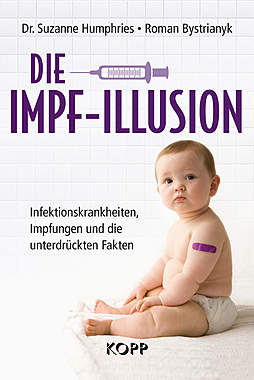World Gold Output May Plunge 35% in 8 Years, Standard Bank Says
By Antony Sguazzin
Johannesburg, April 11 (Bloomberg) -- Gold output worldwide may plunge 35 percent by 2008 as low metal prices deter the biggest producers from opening new mines, Johannesburg's Standard Equities said in a report.
A gold price half that of 1980 and now only a few dollars above a two-decade low is making it difficult for many producers to make money. While mines starting up in Africa will keep output around 1999 levels of 2,576 metric tons until 2002, a 900-ton decline is likely by 2008, the report said.
The drop may lift prices of the metal, which have fallen as central bank sales more than offset rising consumer demand. More gold is bought every year than is mined, with bank sales and recycling filling the gap.
``There are a lot of mines that are running at a loss and might close,'' the author of the report, Standard Equities' David Davis, said in an interview. ``What I am saying could be conservative.''
The widening gap between production and consumption will boost gold prices, he said, without being more specific. Gold recently traded at $257.40 an ounce.
Within eight years, gold production in South Africa, the biggest producer, will likely fall 29 percent from last year's 45- year low to about 300 tons, the report said. Similar declines are expected in the U.S., Canada and Australia, the other major producers.
The declines come at the end of a period of slowing investment in new mines, with annual production growth falling from 5.2 percent in 1997 to 1.3 percent in 1999, Davis said.
Losses
Now many mines are struggling to turn a profit and gold companies are trying to expand by buying competitors rather than starting new operations. Mines currently losing money in South Africa include AngloGold Ltd.'s Free State mines and Gold Fields Ltd.'s St. Helena, Oryx and Libanon mines, he said.
Bernard Swanepoel, the managing director of Harmony Gold Mining Co., yesterday said companies should shut mines producing at more than the current spot price instead of adding to global supplies. Harmony is Africa's third-largest producer.
Still, analysts have said they expect that weakening currencies of major producers such as South Africa and Australia will help keep mining companies profitable. Costs are paid in local currencies while gold is sold for dollars.
The South African rand has lost 5.3 percent of its value against the dollar so far this year and 37 percent over the last three years. The Australian dollar has lost 10 percent of its value against the U.S. currency this year.
Should gold prices rise, a rapid recovery in production is unlikely, Davis said. Building a new mine could take as long as five years and a rise in the gold price will need to be sustained for at least two years before companies are confident enough to invest, he said.
Dieser letzte Abschnitt ist wichtig, da daraus folgt, dass ein steigender Goldpreis nicht so einfach durch Mehrproduktion wieder gedr├╝ckt werden kann.
Gruss
tofir
<center>
<HR>
</center> |
 Thread-Ansicht
Thread-Ansicht

